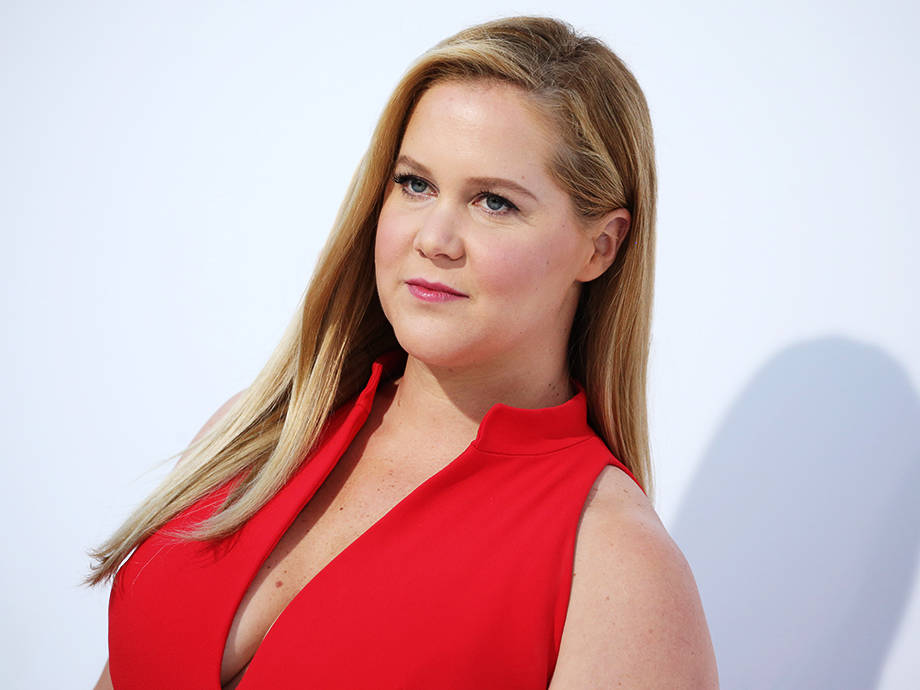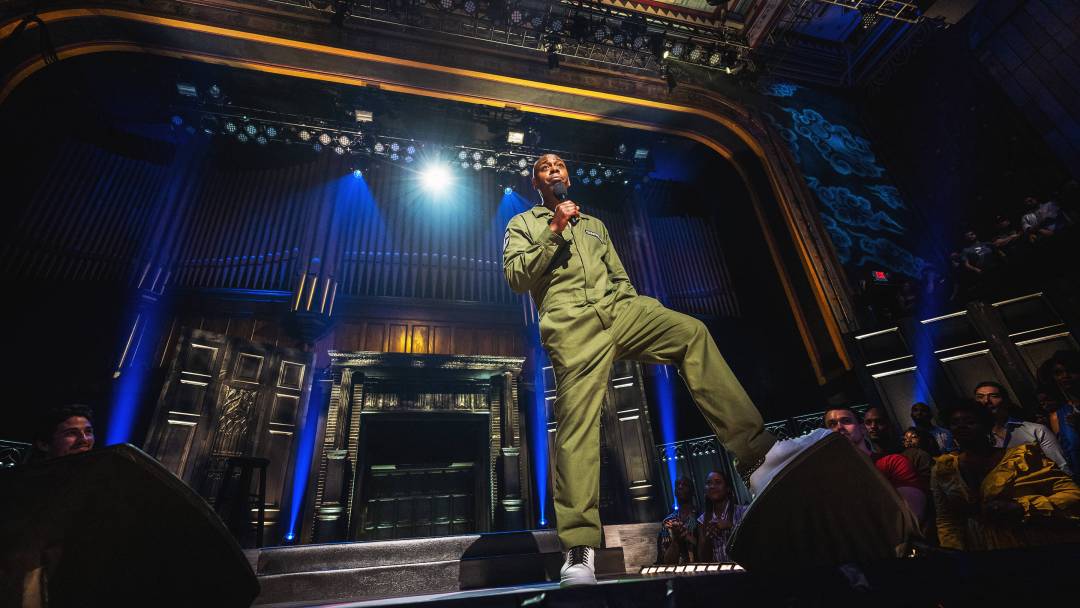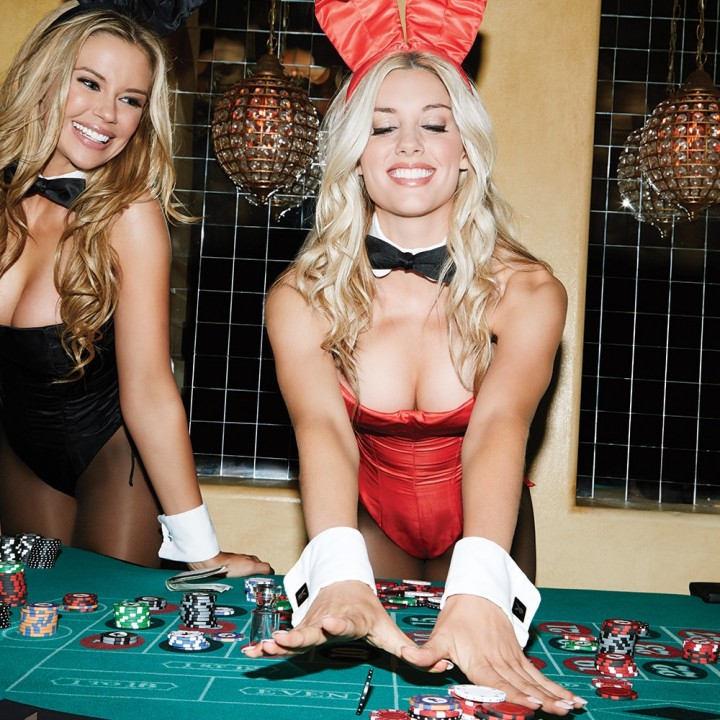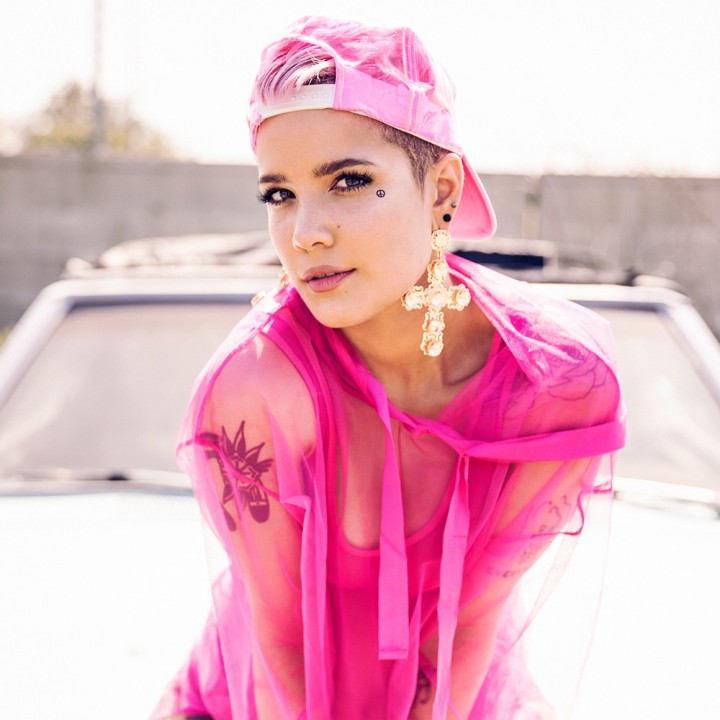
Is Anyone Surprised by Victoria's Secret's Latest Scandal?
The lingerie brand sparked outrage following comments about the trans and plus-size communities
Despite another recent installment of their decadent runway show, Victoria's Secret leaders can't sit back and relax quite yet. They're in the middle of a (very justifiable) public relations crisis after Chief Marketing Officer of L Brands (VS's parent company), Ed Razek, declared that they would be excluding transgender and plus-size models from the 2018 runway. His reasoning? "Because the show is a fantasy." The now-infamous Vogue interview is a reminder that we should not give a single fuck about a brand that peaked in 2006.
While it may appear that I'm rambling, my point is that Victoria's Secret was perhaps the first huge corporation occupied by our aspirations alone, not what was ever or could ever be realistic. It represented the dark side of influencer marketing before social media even existed to influence us. And Victoria's Secret has always been a lingerie company existing with the sole intention to make us feel terrible about ourselves, so we would keep coming back because we couldn't help it. It was a form of gaslighting. That's how body dysmorphia works. And it's how conglomerates worked and still do work, too. VS, if anything, understood this and still preys on it all these years later.
Back then, I remember catalog after catalog arrived full of impossibly hot models in swimwear that wouldn't fit a double 00 (but maybe a triple 000), even if it was dubbed a size 8. I remember walking into the brick and mortar only to be engulfed by terrible smelling body spray and thongs so poorly and unethically constructed I can't believe they'd even sell 5 for $25. Of course, this didn't stop me from trying to be that Pink girl of the mid-2000s, cruising around in my mom's Mini Cooper with slutty rhinestone underwear peeking out of my low-rise jeans. I'd save up and blow my high school allowance on ridiculous $120 bras that promised to make me look like the models seen in the 20-foot ads enveloping me in-store. I should add, I was also doing this all strictly for male attention. But VS probably knew that.
Victoria's Secret was never meant to be a space of inclusivity, never meant to introduce or uphold diversity, never meant for Trans women or women with unique breast shapes and bodies.
The message the company has—knowingly or not—sent for decades is that none of us are wanted, or ever were. Victoria's Secret was never meant to be a space of inclusivity, never meant to introduce or uphold diversity, never meant for Trans women or women with unique breast shapes and bodies. It was certainly never meant to cater to plus-size women. They've told us time and time again—through their ads and their management—they they don't want to change and grow. Razek is fucking 70 years old. He's a 70-year-old white man. Seriously, google him. He may understand the concept of fantasy less than anyone; that there are people who identify by all genders who would, in fact, watch the VS Fashion Show singularly to see a trans or plus size model walk the runway. And, while Razek may be too timid to admit it, plenty of men desire plus-size women and trans women.
Here's the kicker, though: Victoria's Secret isn't canceled— and that's even though their sales have been steadily on the decline since they've refused to rebrand their 2000s-era image. According to L Brands' earnings reports, sales dropped 10-14 percent each month throughout 2017, and clearly its not getting better since VS CEO Jan Singer just resigned. This is what happens when you refuse to listen to a post-#MeToo audience and rebrand. Or even a post-1997 audience. Read the room! With social media allowing us to find eco-friendly, reasonably priced alternatives, there's no justification to keep buying your undergarments from an overpriced, unethical conglomerate that doesn't care about your comfort or safety—and, more importantly, won't consider you a real woman unless you were born a woman and/or resemble Kate Moss.
So much of Victoria's Secret's "fantasy" aspect, and marketing, has catered to men. Underwear is supposed to be functional, developed to be both comfortable and safe, so as to keep you free from yeast infections, bacterial vaginosis, and urinary tract infections (well, as free as possible). While research could be poured into how to make the brand more eco-friendly and woman-friendly, the company spends around $12 million on their annual fashion show, which trumps the typical $200,000 - $1 million price tag for most fashion shows.
Even When Amy Schumer Is Right, She's Wrong
Waiting for "perfect" allies is a luxury we can't afford

These fashion shows are created by men, for men, with a decades-old approach to what men supposedly find sexy. And the thing is—at no point in history have men ever NOT considered bigger and/or trans women sexy. That's just a lie insecure men who are uncomfortable with their sexuality (and need to play into social norms) tell themselves.
You shouldn't want or need Victoria's Secret on your side. This company has never championed for underdogs. They've never even championed for those a step or two (or three or four or five) ABOVE underdogs. They root for the elite. They exist for the elite. They don't want to make you comfortable. They want to make men jerk off to their ads and buy their girlfriends bags full of "sexy lingerie" that their girlfriends should wear... for them? That's why they have a ridiculous $1 million fantasy bra. Who the fuck is that for...? Victoria's Secret has one version of sexy, and it's not the sexy so many of us are championing into 2019.
Instead, Victoria's Secret is the majority-white, perky, bizarrely in shape, naturally thin, 100 percent woman kind of sexy. Your kind of sexy—whether man or woman, plus-size or rail thin—is elsewhere, and plenty of companies have popped up with the intention to support who you are, fully. In the mess that is 2018, at least there is that.






